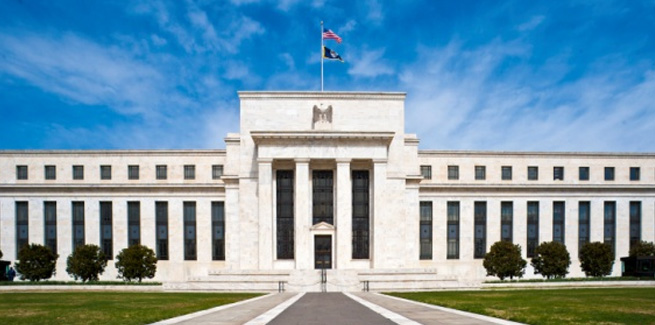The Federal Reserve (the Fed) has announced an emergency rate cut for the first time since the global financial crisis, lowering its funds rate target by 50 bps to 1-1.25 per cent.
This comes two weeks ahead of the central bank’s scheduled monetary policy board meeting.
In handing down its decision, the Fed stated that while fundamentals in the US economy “remain strong”, a cut was needed to help address the growing threat to economic stability posed by the coronavirus (COVID-19) outbreak.
The Fed added that it would be “closely monitoring developments” and would employ its monetary policy tools “appropriately” to support the economy.
The emergency cut follows the Reserve Bank of Australia’s (RBA) decision to adjust the cash rate for the fourth time in less than 12 months, lowering it by 25 bps to a new record low of 0.5 per cent.
RBA governor Philip Lowe also attributed the central bank’s decision to the coronavirus outbreak.
“The global outbreak of the coronavirus is expected to delay progress in Australia towards full employment and the inflation target,” he said.
“The board therefore judged that it was appropriate to ease monetary policy further to provide additional support to employment and economic activity.
“It will continue to monitor developments closely and to assess the implications of the coronavirus for the economy.
“The board is prepared to ease monetary policy further to support the Australian economy.”
The RBA’s decision prompted US President Donald Trump to call on the Fed to follow suit, with the president criticising Fed chair Jerome Powell for not moving earlier.
“Australia’s central bank cut interest rates and stated it will most likely further ease in order to make up for China’s coronavirus situation and slowdown,” President Trump said in a tweet.
“They reduced to 0.5 per cent, a record low. Other countries are doing the same thing, if not more so.
“Our Federal Reserve has us paying higher rates than many others, when we should be paying less. Tough on our exporters and puts the USA at a competitive disadvantage. Must be the other way around.
“Should ease and cut rates big. Jerome Powell led Federal Reserve has called it wrong from day one. Sad!”
According to AMP chief economist Shane Oliver, the Fed is likely to cut rates by a further 50 bps in the near term, with the European Central Bank (ECB) and the Bank of Japan also expected to explore easing measures.
“The Fed has signalled an openness to further easing and other central banks are likely to ease too – although in the case of the ECB and Bank of Japan this is more likely to take the form of specific measures to boost liquidity (including more quantitative easing) given that rates are already at zero or negative,” Mr Oliver said.
“We are also likely to see more fiscal policy easing globally although this may take longer.”
As a result, Mr Oliver expects the RBA to cut the cash rate by an additional 25 bps next month, before pursuing a quantitative easing (QE) policy.
Lenders, including all four major banks, have responded to the RBA’s latest cuts, lowering mortgage rates by up to 35 bps.
[Related: Cash rate falls to new record low]
 ;
;
